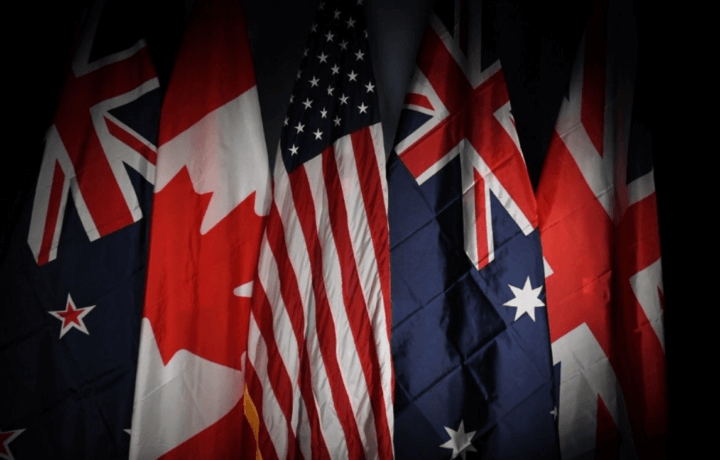The United States and the United Kingdom have always enjoyed a special relationship and the Second World War served to amplify the special nature of the relationship, especially in the world of signals intelligence (SIGINT). On this date, July 26, 1948, the U.S. and UK concluded a nine-day technical conference which was designed to put meat on the bones of the US-UK Communications Intercept (COMINT) agreement of March 5, 1946. The 97-page conference report was declassified in 2010, and the marriage between the SIGINT communities of the U.S. and the UK was consummated.
A bit of US-UK SIGINT/COMINT history
In 1940, the U.S. military branches were divided on cooperating with their British counterparts in the world of signals intelligence, cryptography, and cryptanalytic exchanges. It was not until January 1941 that a joint U.S. Army/Navy team traveled to the UK with a bevy of Japanese cipher equipment and codes. The U.S. brought with them a clone of the Japanese “Purple” cipher machine, then used by the Japanese foreign ministry. The UK handed over the Japanese JN-25B codebook and a road map to Japanese system indicators, and personnel codes, chip codes, call signs and the “Hagi” cipher used by the Japanese foreign ministry. While cooperation on Japanese codes was fulsome, such was not the case when it came to collaboration against the German ciphers and their “Enigma” machine. Nevertheless, the U.S. side viewed the trip, according to Prescott Currier, one of the U.S. team members, as a success and commented, “Even though we did not in fact bring back an Enigma, we brought back all the information we really wanted and there was never any question that anyone was holding anything from us.”
In October 1942, the US-UK signed what became known as the “Holden Agreement” which served “to establish the special SIGINT relationship between the two countries” according to Ralph Erskine an authority on the UK’s Bletchley Park.
The BRUSA SIGINT agreement of March 1943 cemented sharing of SIGINT between the two countries and was followed in 1944 by an enhancement with respect to the sharing of intelligence concerning Japan. In March 1946, as indicated above, the US-UK entered into the COMINT agreement which charted how the information would be secured and disseminated by the two countries.
Appendices to the 1946 agreement
The technical conference highlighted the close collaboration between the two countries and served to reduce the need for duplicative effort in establishing SIGINT listening posts around the world, so as to maximize “exploitation of foreign communications.” The agreement did, however, note that even if one country had a SIGINT presence targeting foreign communications, the other was within their rights to establish their own presence to “suit their own needs.”
As with any relationship, this relationship still had potholes that served to jostle the partnership. Prudently, many of these were identified as items that “have not been resolved” and “on which some further exchange of ideas between the two parties might be fruitful.” Indicative of the intent of the relationship to fill those potholes and make for a smooth ride. And such was the case, as the heavy lifting had concluded, and the bilateral agreement continued to yield benefits for all concerned, Canada, and then Australia, and New Zealand were invited to join the US-UK and this five-way partnership became known as the “Five Eyes”



